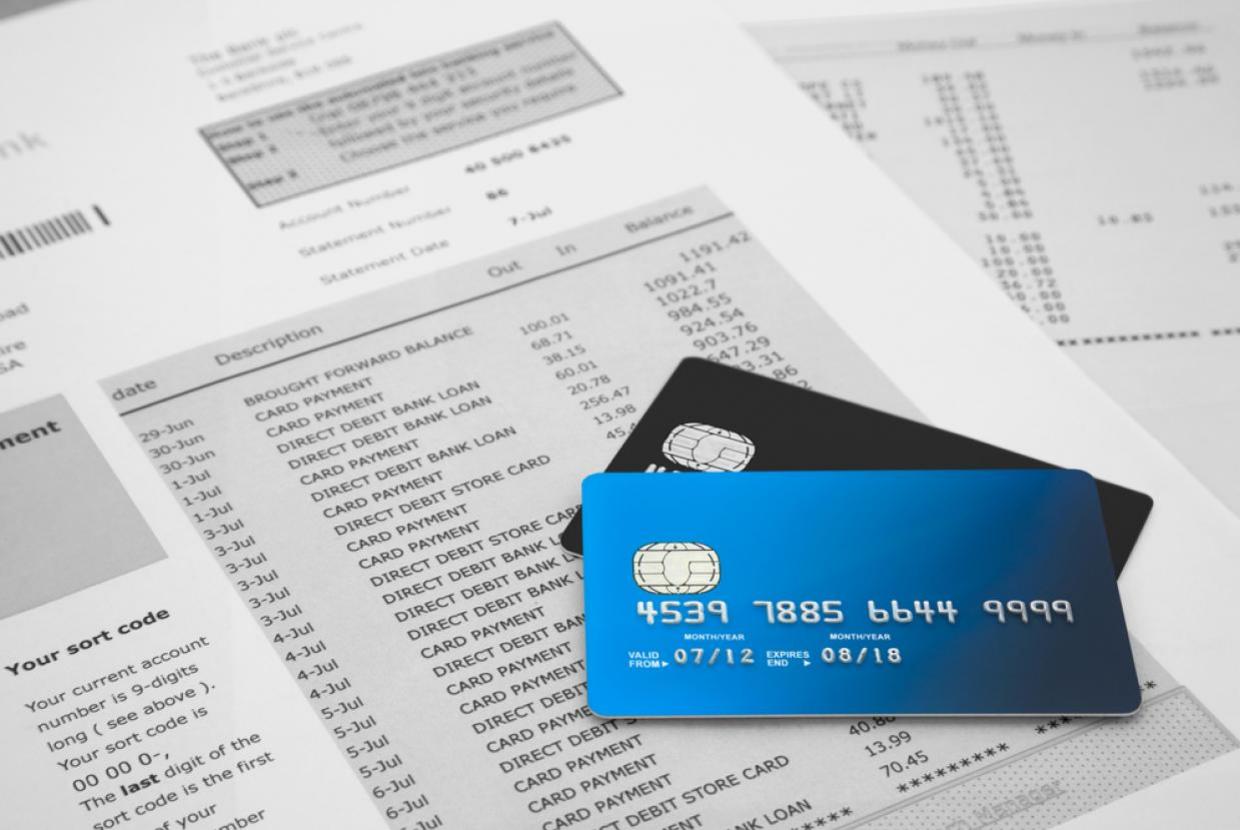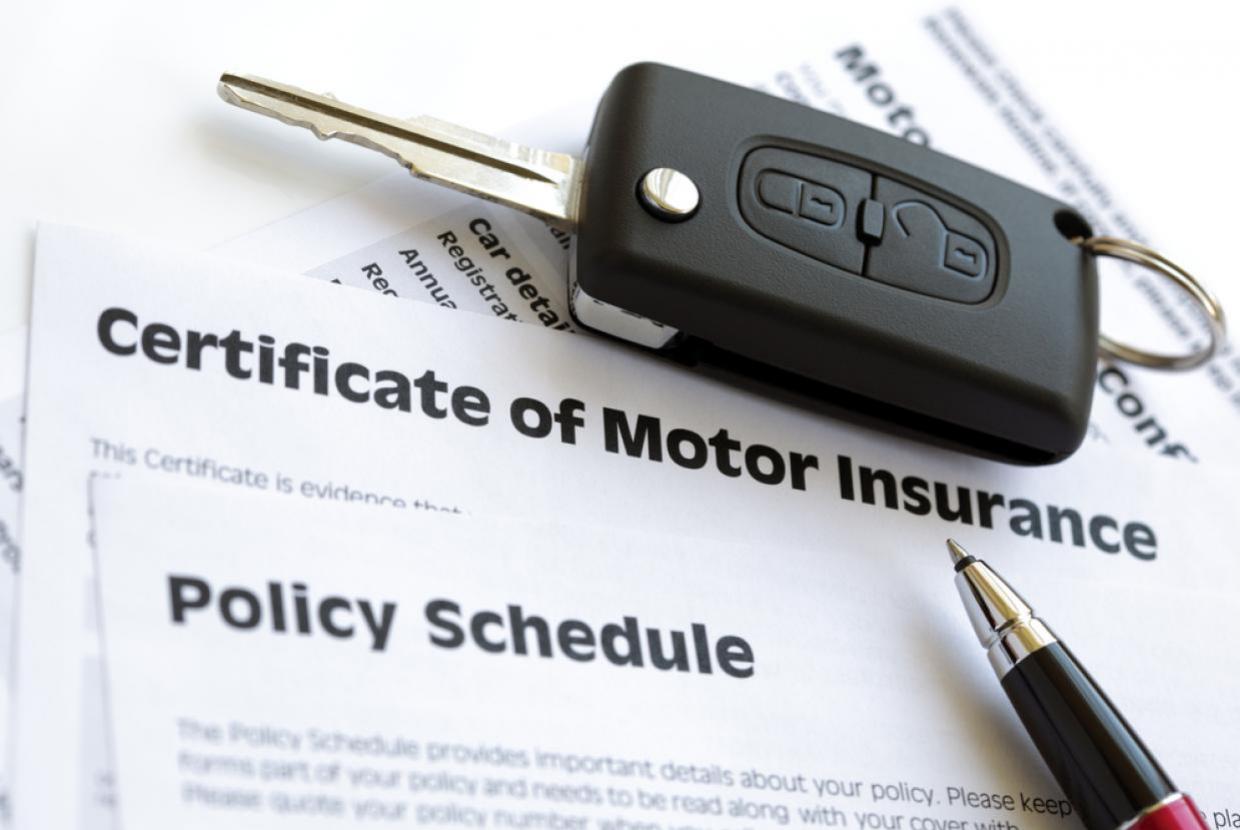How To Switch Broadband Provider
Shopping around for cheaper home phone and broadband deals can save you hundreds of pounds. Find out how to get the best deal, including how to switch providers.
How to save on home phone and broadband bills
Home phone and broadband bills can be expensive, so we’ve pulled together a few tips to help keep your bills as low as possible.
Check your costs
Get your bills and check what you pay for broadband, line rental and calls. Look back over a few months. Is there anything you don’t use that’s adding extra costs? Has a deal expired? Are you often exceeding your allowance? Does your package suit your needs?
It’s always worth contacting your provider to see if there are ways to reduce your bill.
Know what you use
You might be able to cut your broadband costs by matching what you pay with what you need. Think about your household. How many devices are competing for a connection? If there’s a games console, several smartphones, a laptop, tablet and catch-up TV all running at the same time, you’ll need a package that can cope.
There’s no point going for cheap broadband if you’re going to get slow speeds when you’re using too much. Look out for the word ‘unlimited’ – if you really need speedy internet, fibre optic broadband might be the best choice.
And don’t pay extra for unlimited usage and a super speedy connection if you only check emails and browse the odd website.
Get haggling
If can be frustrating to see the best deals offered to new customers, when you’ve been paying full price for years. But even existing customers can ask for better deals.
Find out what’s being offered elsewhere and call your provider. Pick the options about ‘thinking of leaving’ and get through to the retention or disconnection team. Tell them you’re thinking of switching to a cheaper deal with a different provider. See if they can offer a better deal if you stay – discounted broadband, cheaper line rental, faster speeds, unlimited allowances, extra call plans or a router upgrade.
When to get line rental and broadband together
In most cases, you need a home phone to get broadband.
Consider your home phone costs when looking at broadband prices, as many seemingly cheap deals involve you having to take out expensive line rental.
Keep phone bills low
When using your home phone, avoid peak calling times. Check when your supplier charges most for calls and try to avoid these times.
Or perhaps you could use wifi to make calls, such as WhatsApp, instead of using your home phone.
If you’ve got a 5G phone and connection at home, you could you use your phone as a hot spot to avoid needing a broadband contract.
Before you switch broadband provider
Here are some tips to help you find the best deal for you.
Beware of ‘up to’ speeds
Broadband providers advertise fast connections, but be wary of the term ‘up to’, because it might mean you don’t get the top speeds that are advertised.
Ask potential providers what your ‘personalised minimum guarantee speed’ would be. After signing up, if your speed drops below this minimum for three consecutive days, you can ask your provider to check for a fault and get it fixed. If this is left unresolved for 30 days, you should be able to end the contract with no penalty free.
Look at what you’re getting compared to what you pay for. If there’s a big difference, bargain for a better price from your current provider. If you’re thinking of switching, ask the new provider for a realistic estimate of the speed you’ll actually get.
Think about the long term
Comparison websites can offer a bewildering choice of options: speed, usage, type of broadband, contract length, introductory offers, freebies and even shopping vouchers.
Focus on the speed and usage you want. Look beyond cheap short-term offers – instead, compare the cost of the first year.
See what your current provider is offering new customers, and what you can get elsewhere.
Find out if you can leave for free
Don’t switch elsewhere without checking if you’ll face a big bill. Contracts can run for 12, 18 or even 24 months. If you leave earlier, you might get charged cancellation fees. These fees could wipe out any saving from switching, so it might be best to wait until your contract ends.
Mid contract? It’s worth calling your provider and asking if you could cut costs with a different package.
In some circumstances, you can leave your contract early without paying anything. These include price hikes and poor service (slow speeds).
Switching your home phone and broadband – the basics
Has your internet provider raised prices? Are you getting a poor service? Have you seen a better deal elsewhere? It’s never been easier to change your home phone and broadband provider. And you could save yourself hundreds of pounds on your bills. Here are some tips:
- Use more than one comparison website. They don’t all show the same deals and providers, so the more you check, the more likely you are to find a cheaper deal.
- Look at the monthly and yearly costs. Know what you’re buying, to avoid any surprises when your bill arrives.
- Watch out for promoted products. Many comparison sites take a commission when you switch through them. That means they might try to nudge you to pick one product over another, even if it’s not the best deal.
- Find out which provider is best. Ofcom has the latest customer satisfaction ratings for the large providers
New Ofcom rules means it is now easier to switch broadband providers
New rules that came into effect on 12 September 2024 mean all home broadband customers can expect a simpler and faster process if they want to switch broadband providers. This new service is called “One Touch Switch”.
How does One Touch Switch work?
From now on all you need to do to switch over to a new provider is choose a new provider and inform them you’d like to switch over. The switch should then be completed in just one day.
One Touch Switching step-by-step
- Contact your new provider and give your details
- Your current provider will then automatically send you details of any cancellation charges, and if a switch might affect other services – for example a mobile, landline and broadband bundle.
- You authorise the switch and the new provider manages the process.
If you change your mind
If you change your mind, you are entitled to a ‘cooling off’ period of at least 14 days where you can change your mind. This is what all consumers are given for most goods and services under the Consumer Contracts Regulations.
What happens if something goes wrong?
Under the Ofcom rules providers will have to compensate customers if things go wrong and they are left without a service for more than one working day. Ofcom rules say that the two providers need to come to an agreement about who is at fault.
How to find a new broadband provider
You can do this by entering your postcode into a few comparison website. MoneySavingExpert’s comparison tool is a good place to start, and you can also take a look at the list of Ofcom approved comparison sites
If you’re already paying for premium TV channels or you would like to get them, the MSE tool has the option for you to tick a box to add them onto your quote as a bundle.
Compare the different packages and pick the one that’s best for you. Remember not to only look at the price. Match the deal to your needs, and check reviews to see if other customers are happy.
What to do if you’re struggling to pay your home phone or broadband bill
If you need help, contact your provider as soon as possible and explain your situation. They might be able to help you out. Some providers also offer low-cost plans to help you make mobile calls and get online if you’re getting certain benefits, known as social tariffs.

































